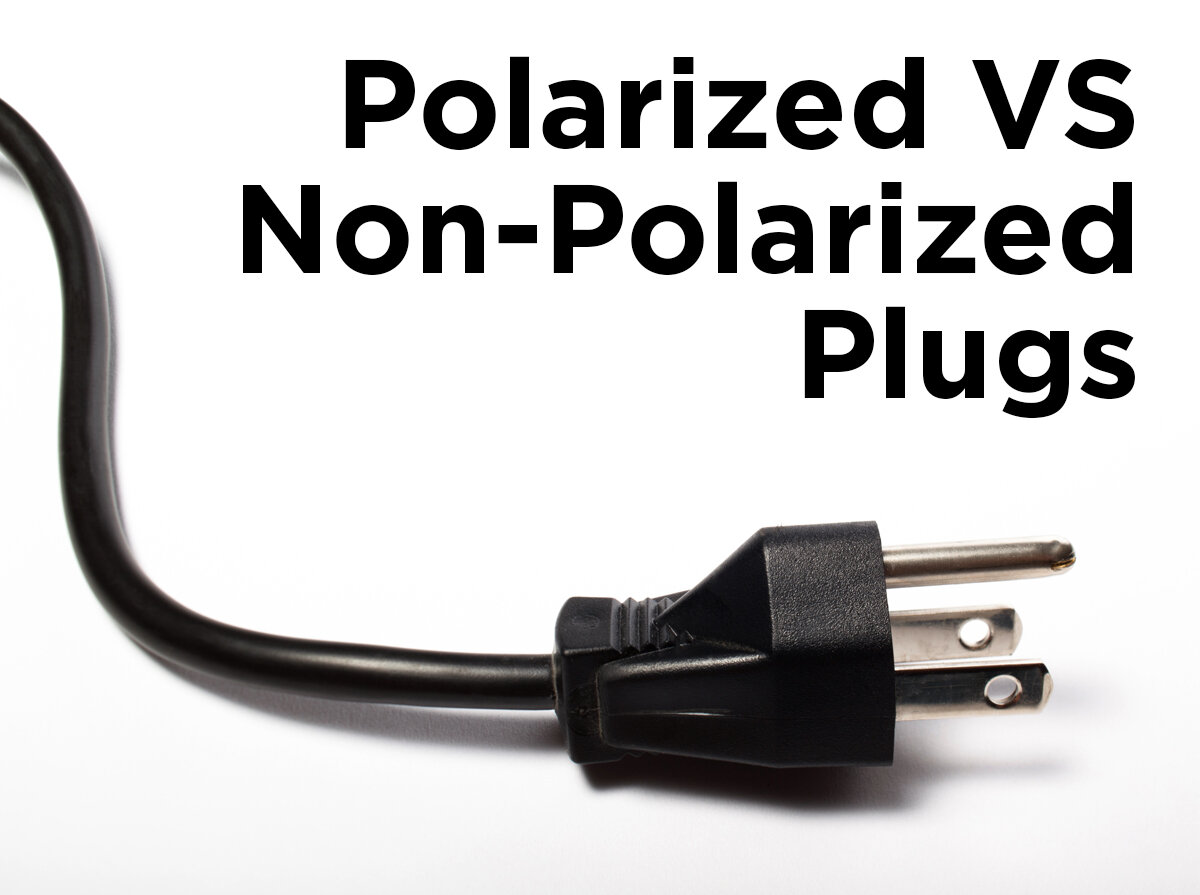Plug Paradoxes
It’s happened to me often—almost every time I go to string a set of Christmas lights together . . . or start hooking up my latest electronic toys . . . the plug doesn’t fit the outlet! It can be maddening! I never really considered why there were different plugs and outlets, I just started over or found another solution. But then I got to wondering why there are differences. And what I found out makes me want to pay closer attention.
Simply speaking, inserting a plug into an electrical outlet completes a circuit of electricity. When electricity is flowing through a completed circuit, your things (lamps, computers, chargers, etc.) are on. To establish this flow, an outlet has a “hot” side (right), where the electrical current comes in from your home or building’s circuit breaker board, and a neutral side (left) that returns the current back to the circuit breaker, thus completing the circuit. Most homes have outlets with three holes; the bottom one is the ground hole. The ground hole is connected to a separate wire that neutralizes dangerous electrical currents into the ground. This extra level of safety is code in most, if not all, new constructions. Because plugs can go into these outlets in only one way, ensuring that the hot side houses the hot prong and the neutral side houses the neutral prong, these outlets are considered polarized. If your home or building does not have polarized outlets with separate ground holes, contact a licensed electrician to help you get updated.
Now we must decipher the plugs. Since I like simple and obvious, my favorite plugs are one with three prongs—three prongs, three holes—no question here about how to properly insert it into the outlet! This plug is polarized since it can only go in one way. But what about two-pronged plugs? Can I plug a two-pronged plug into a three-holed outlet? Why yes, you can! Most often you’ll find that one of the prongs is slightly wider than the other and it too will only fit into the outlet one way. That’s also a polarized plug. It’s designed that way to make sure the hot prong goes into the hot slot and the neutral prong goes into the neutral slot. Certainly, makes sense, but can sometimes take an extra minute to orient your plug properly. At least you know you’re still protected by this extra level of safety.
Non-polarized plug
There’s one more type of plug that is still common. That’s the non-polarized plug. Its prongs are exactly the same size, and it can fit into the outlet either way. Is that dangerous? No, actually, it’s not. The outlet itself is polarized (grounded) and the plug is likely double-insulated, so there is virtually no chance of you coming in direct contact with any dangerous electricity.
Polarized outlets are standard in the United States, so you should feel safe. Take extra care when planning travel abroad as some countries don’t require polarized outlets. Research your destination ahead of time and find out what kind of adapters or safety precautions you might need to take to properly charge and protect your devices.
Still perplexed by polarity? Give one of our 1000Bulbs lighting experts a call at 1-800-624-4488.










